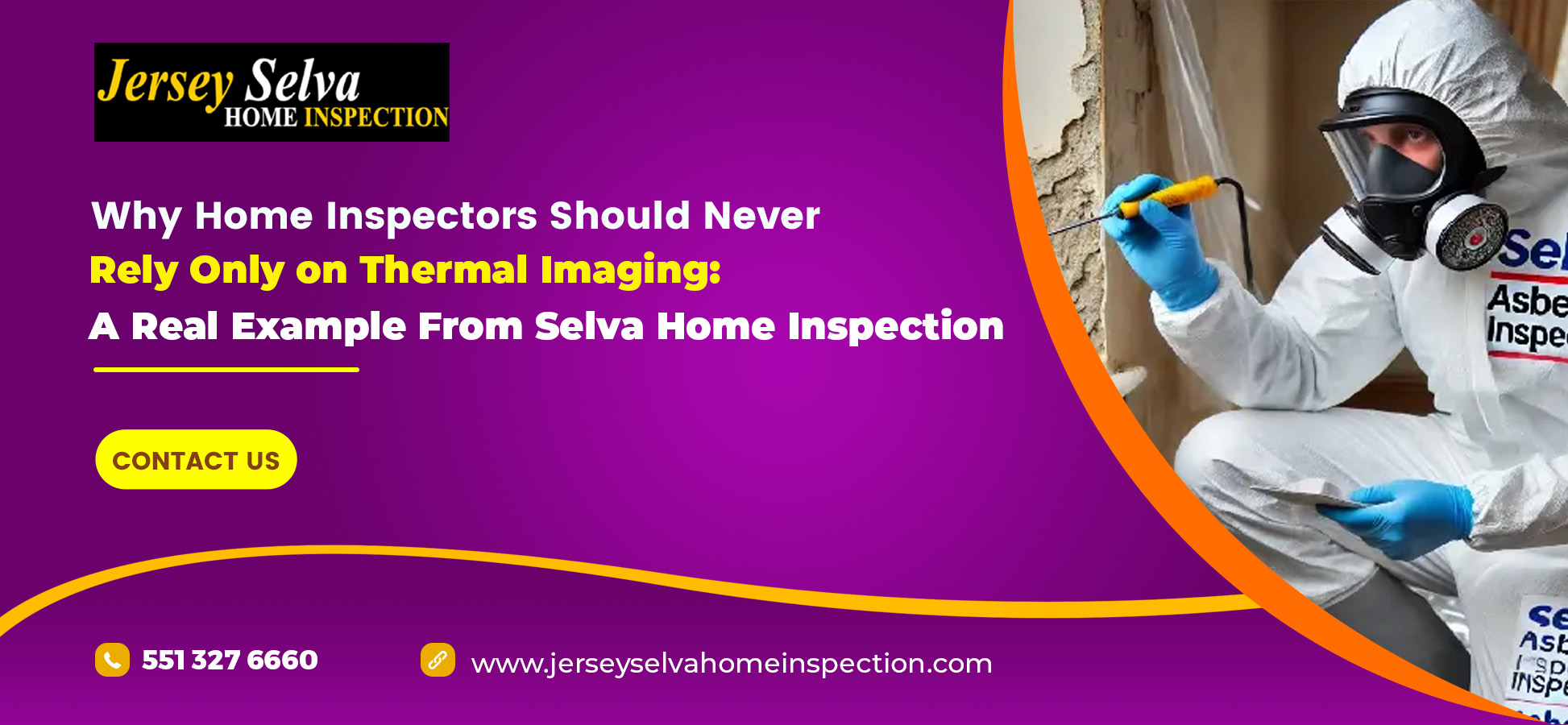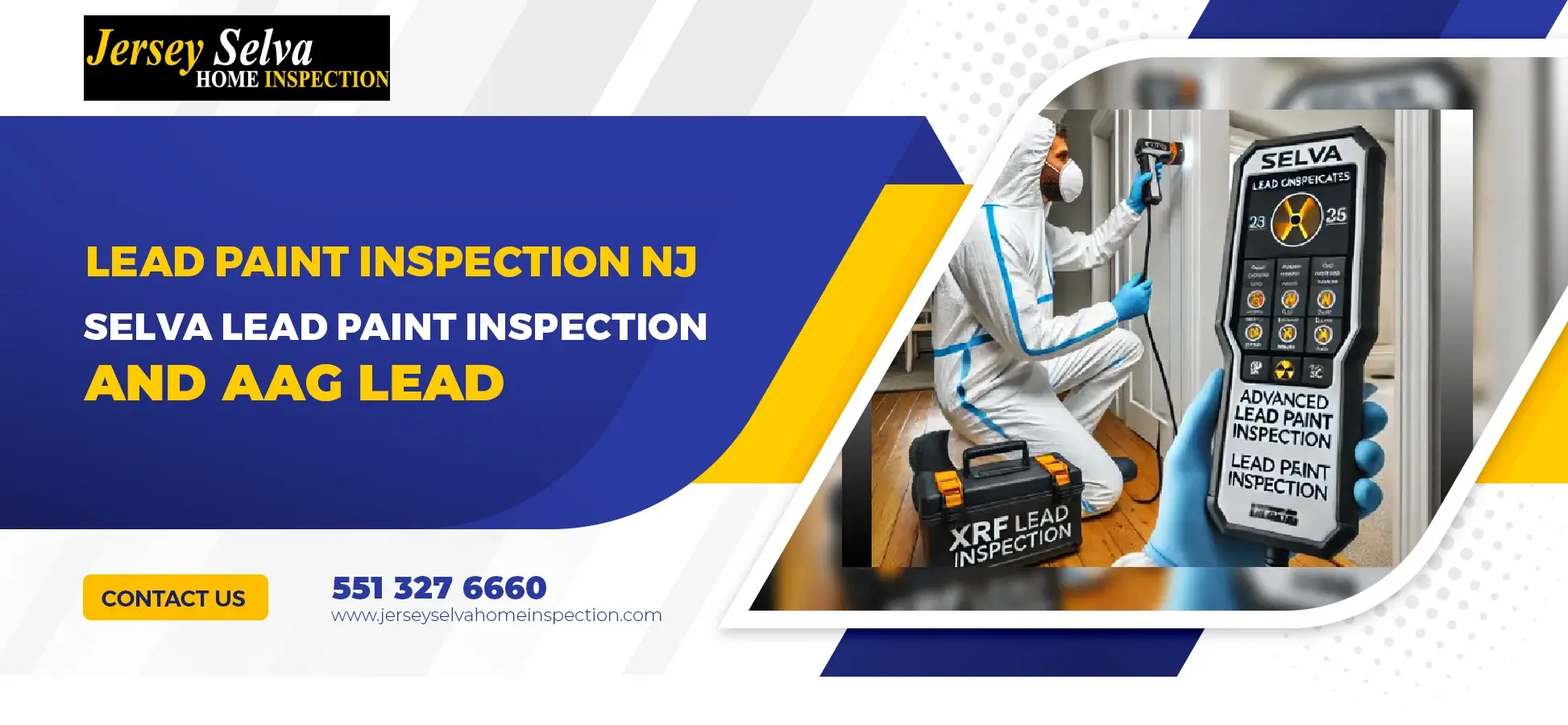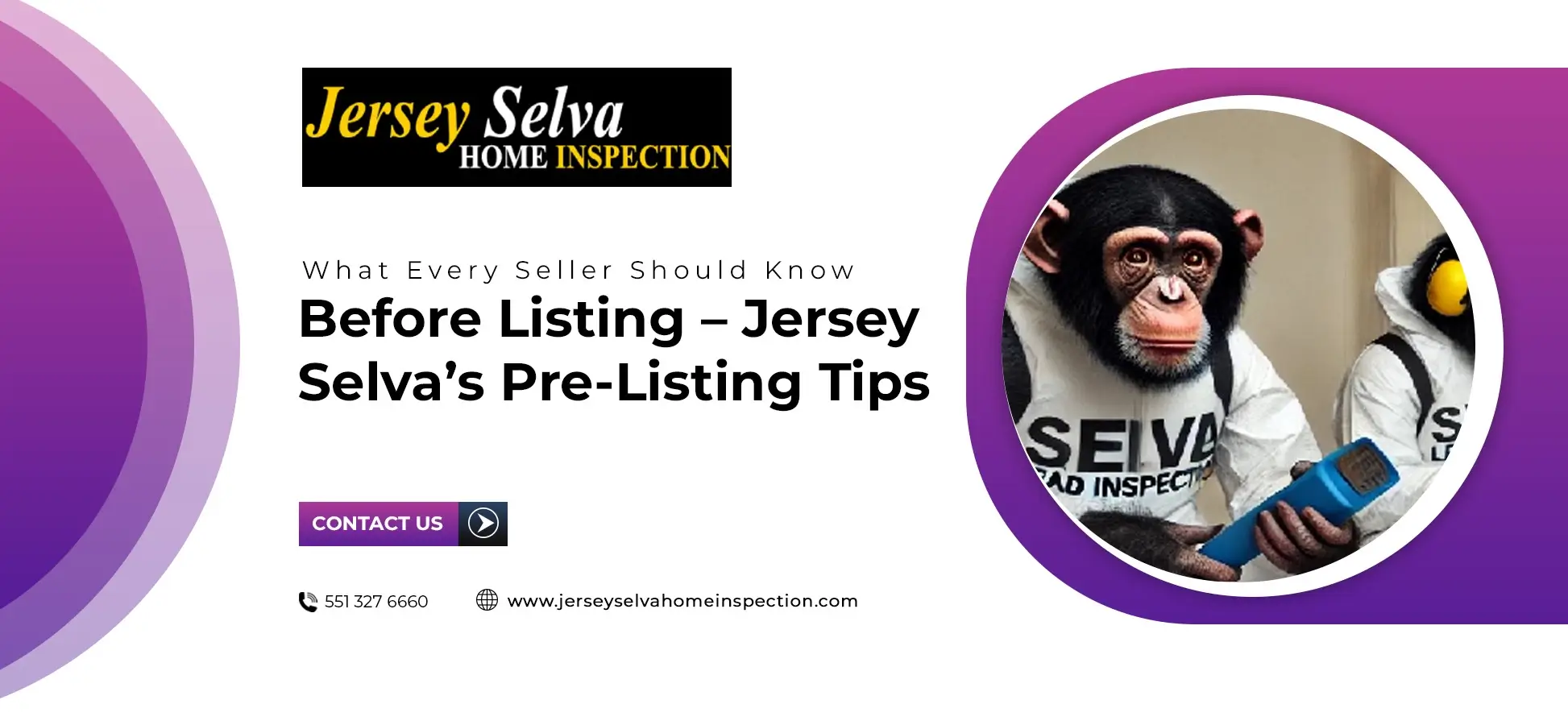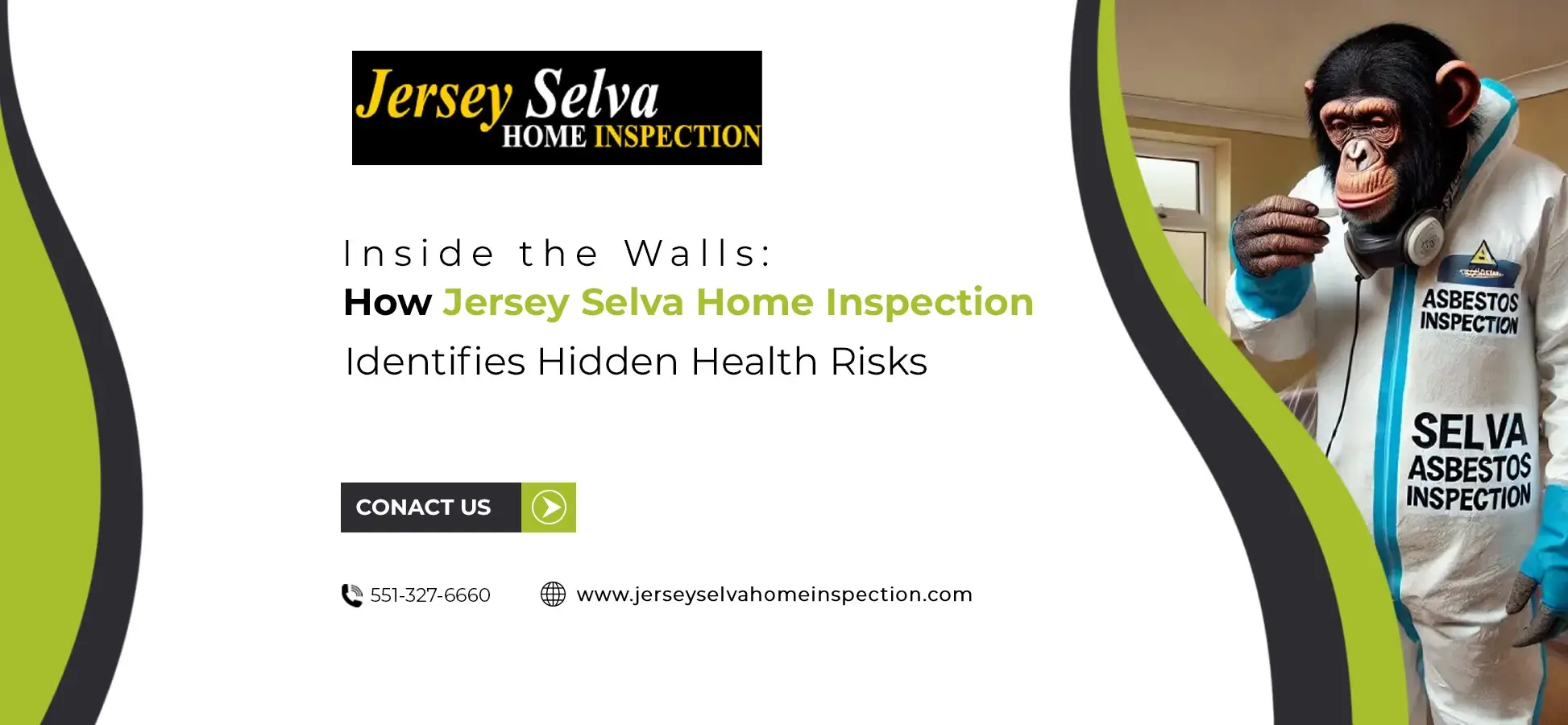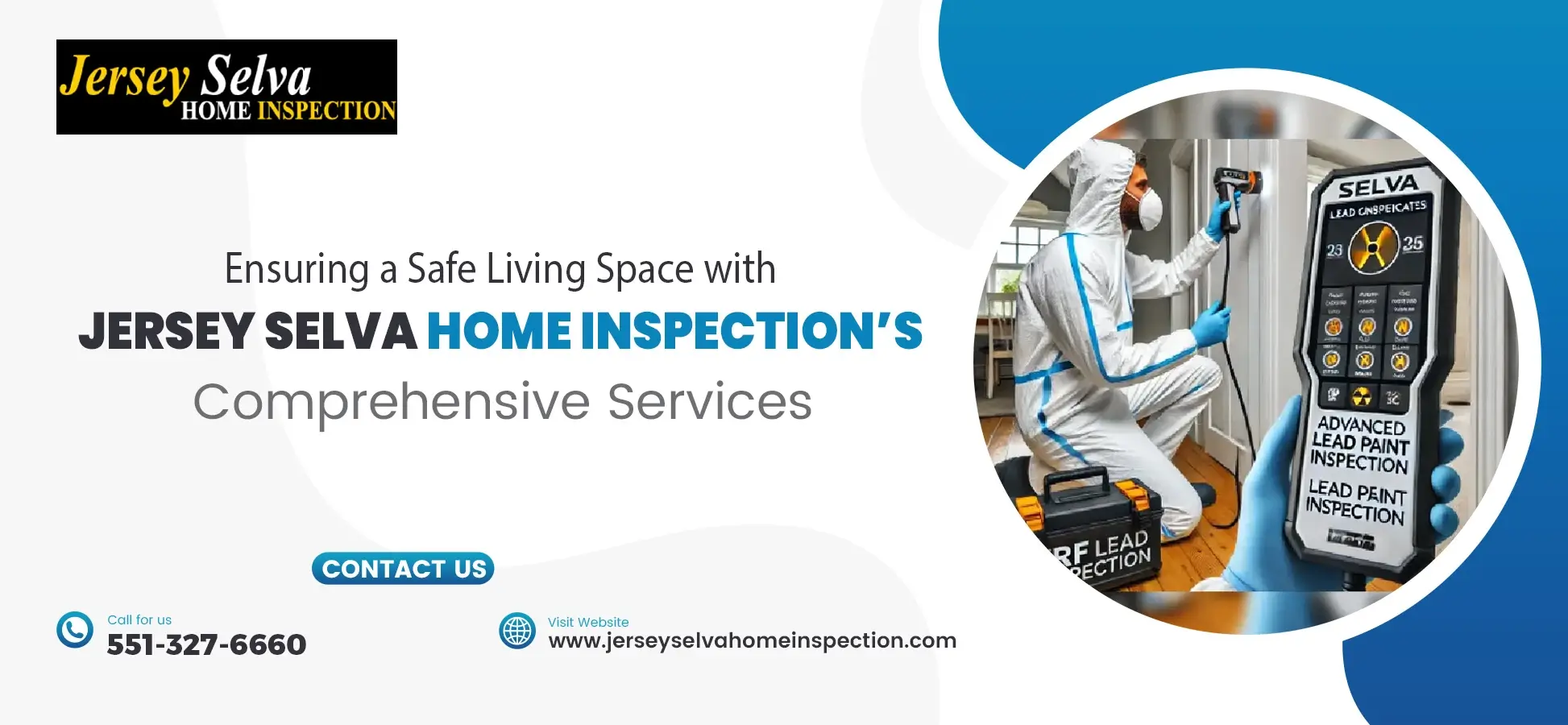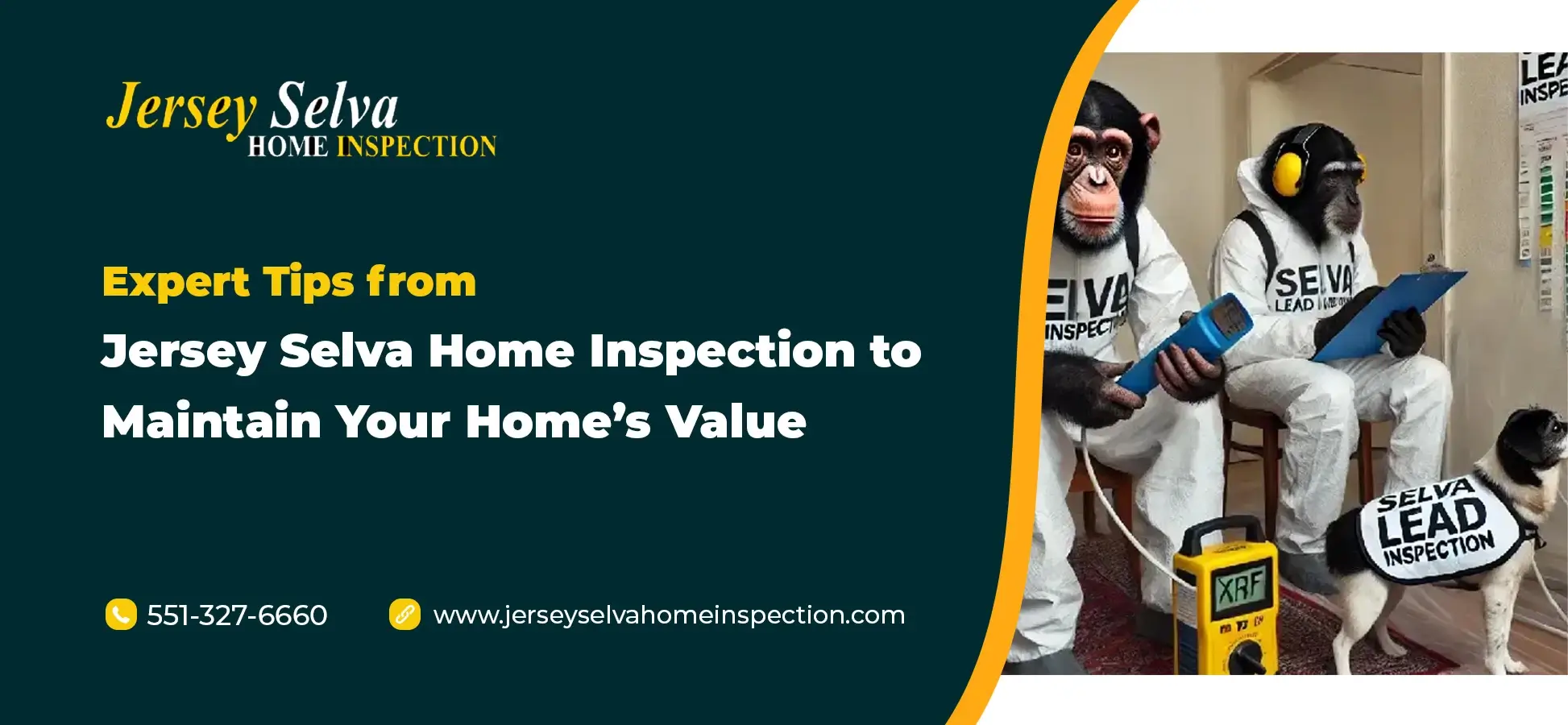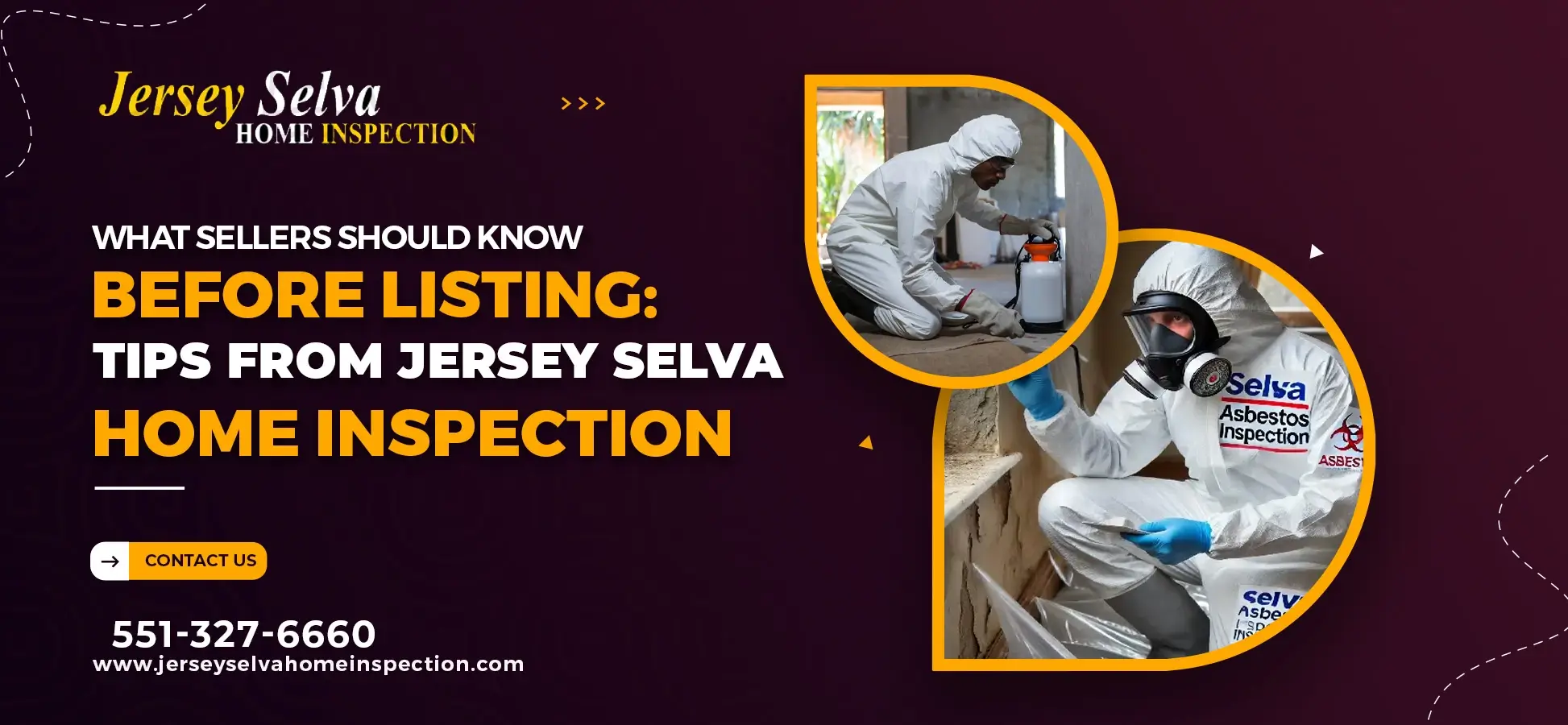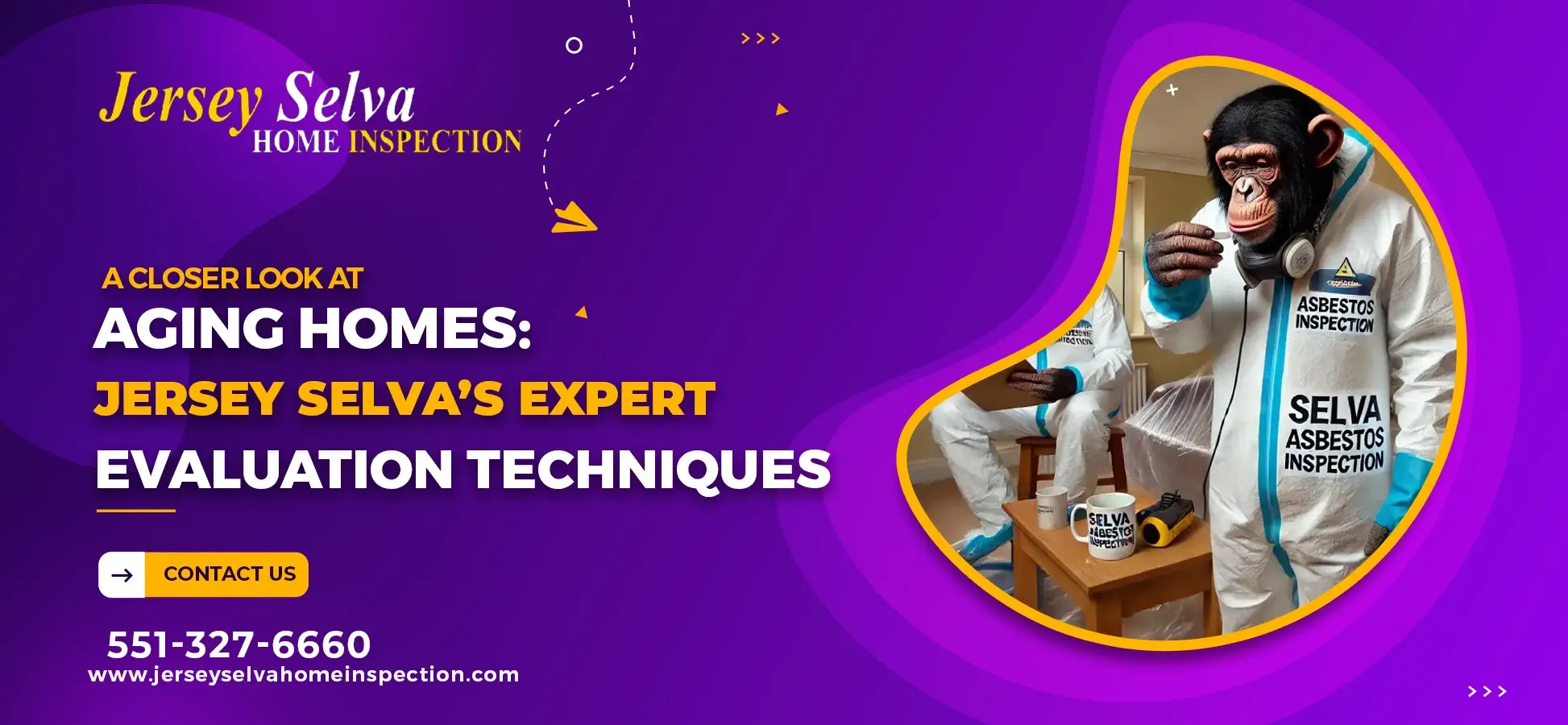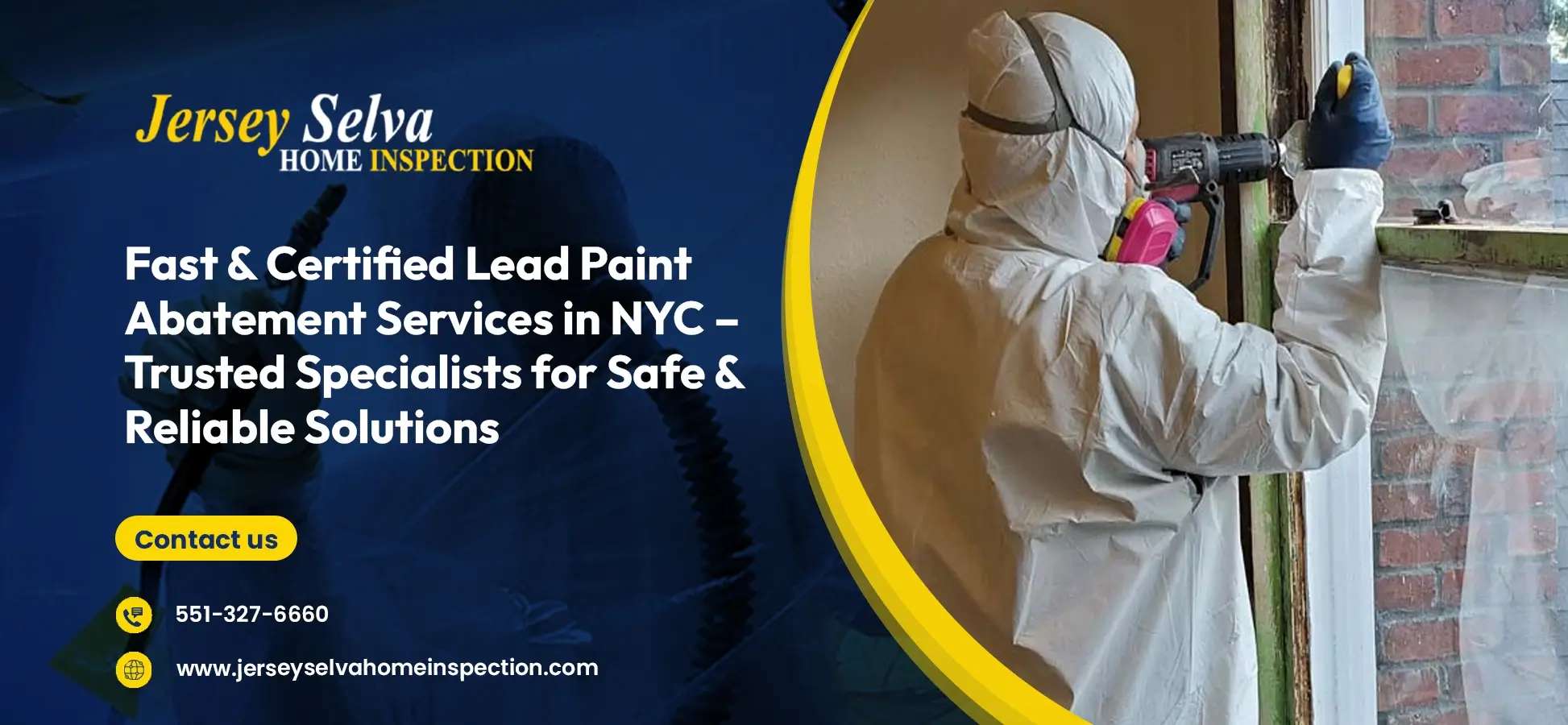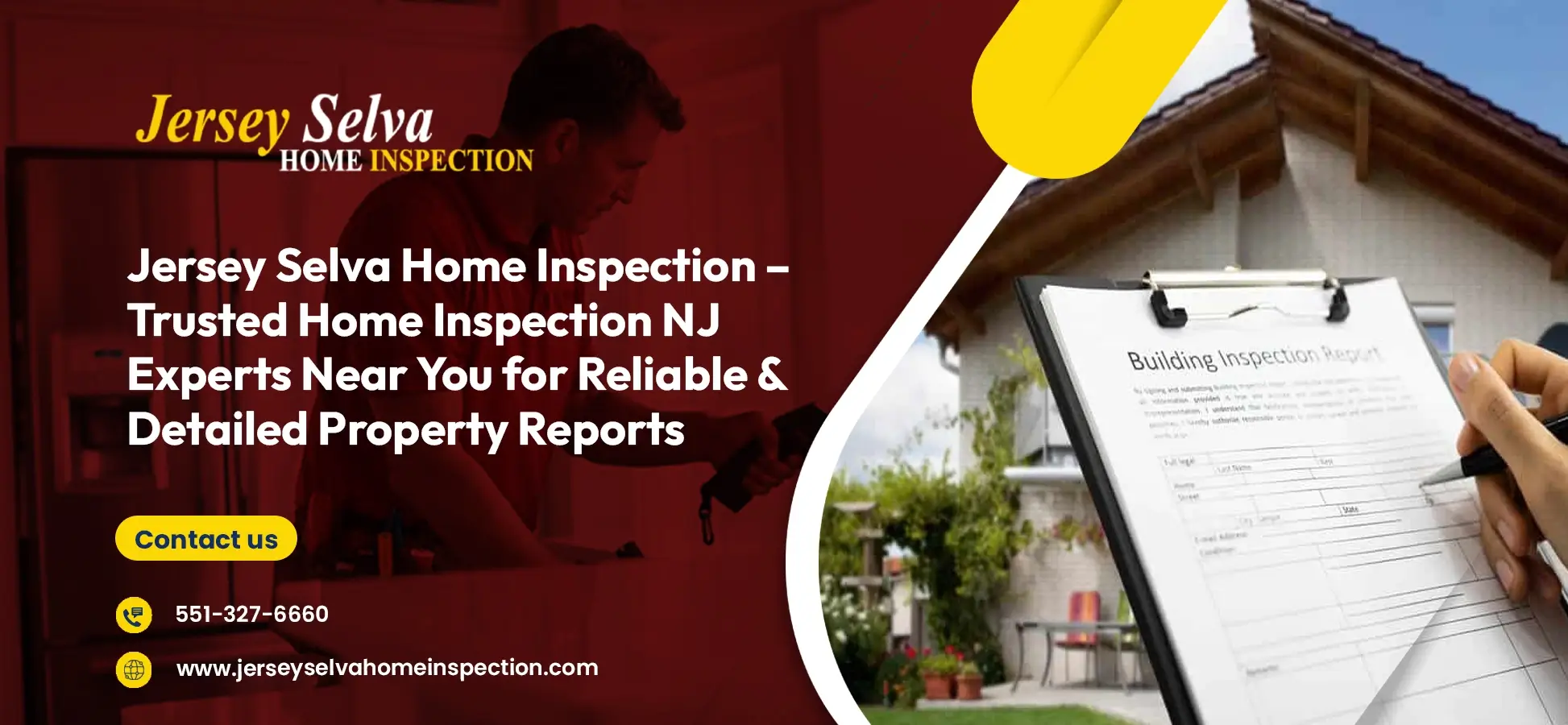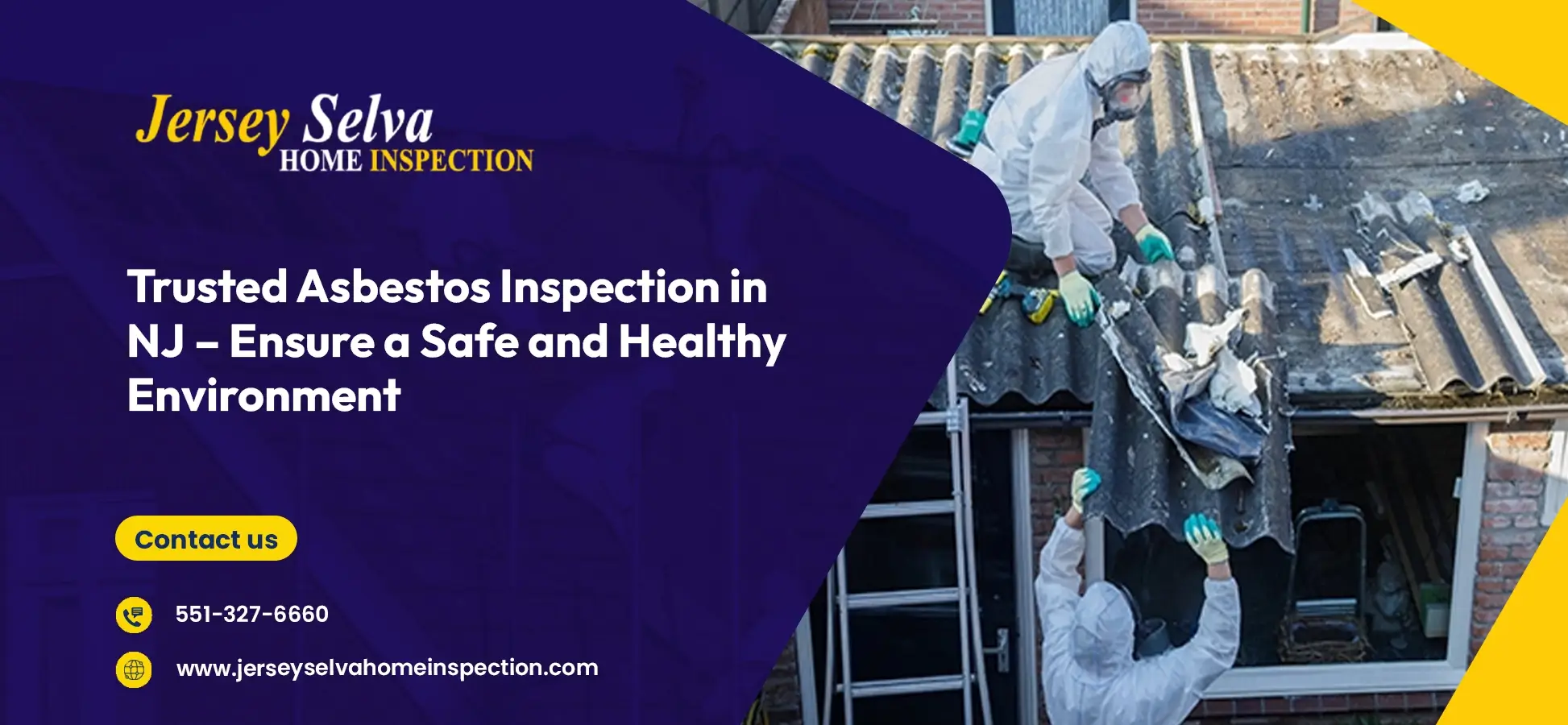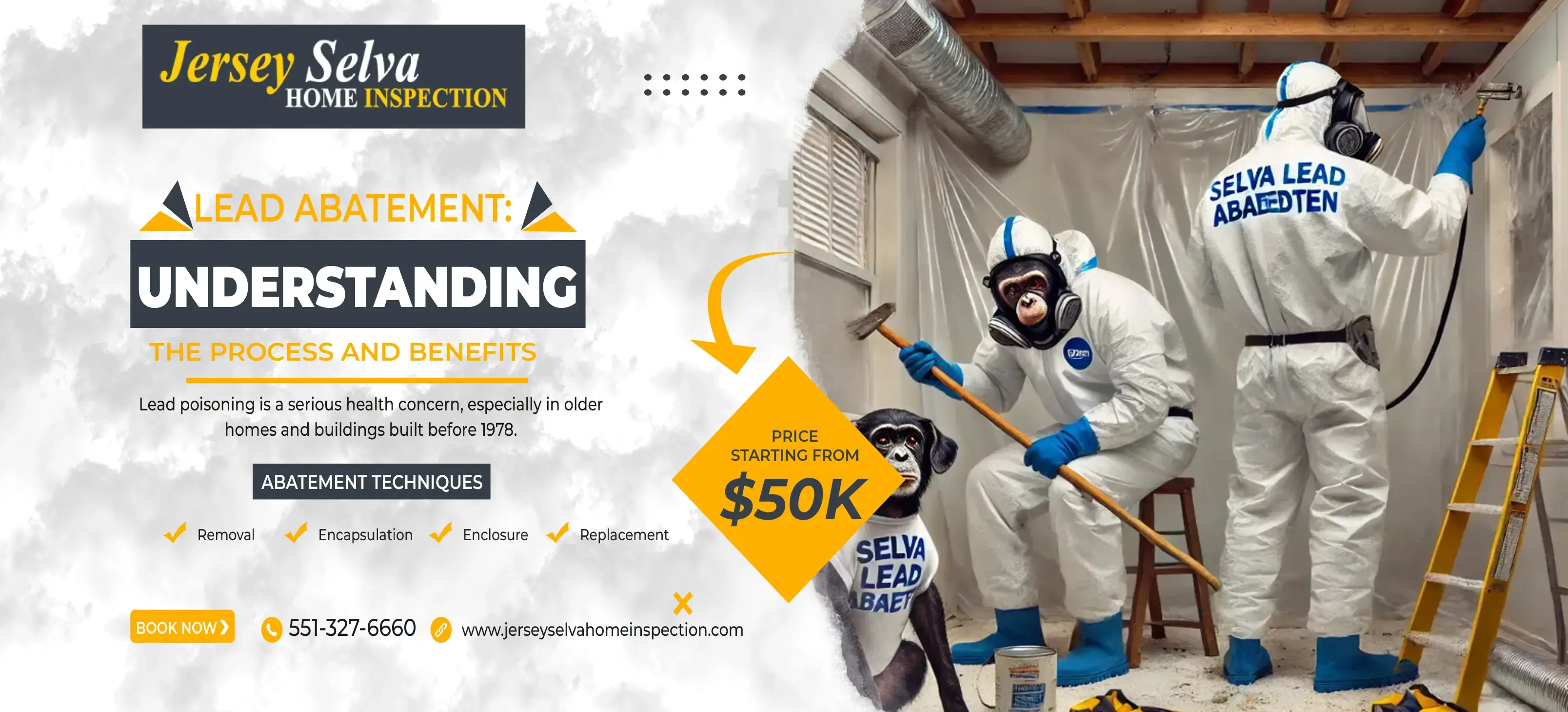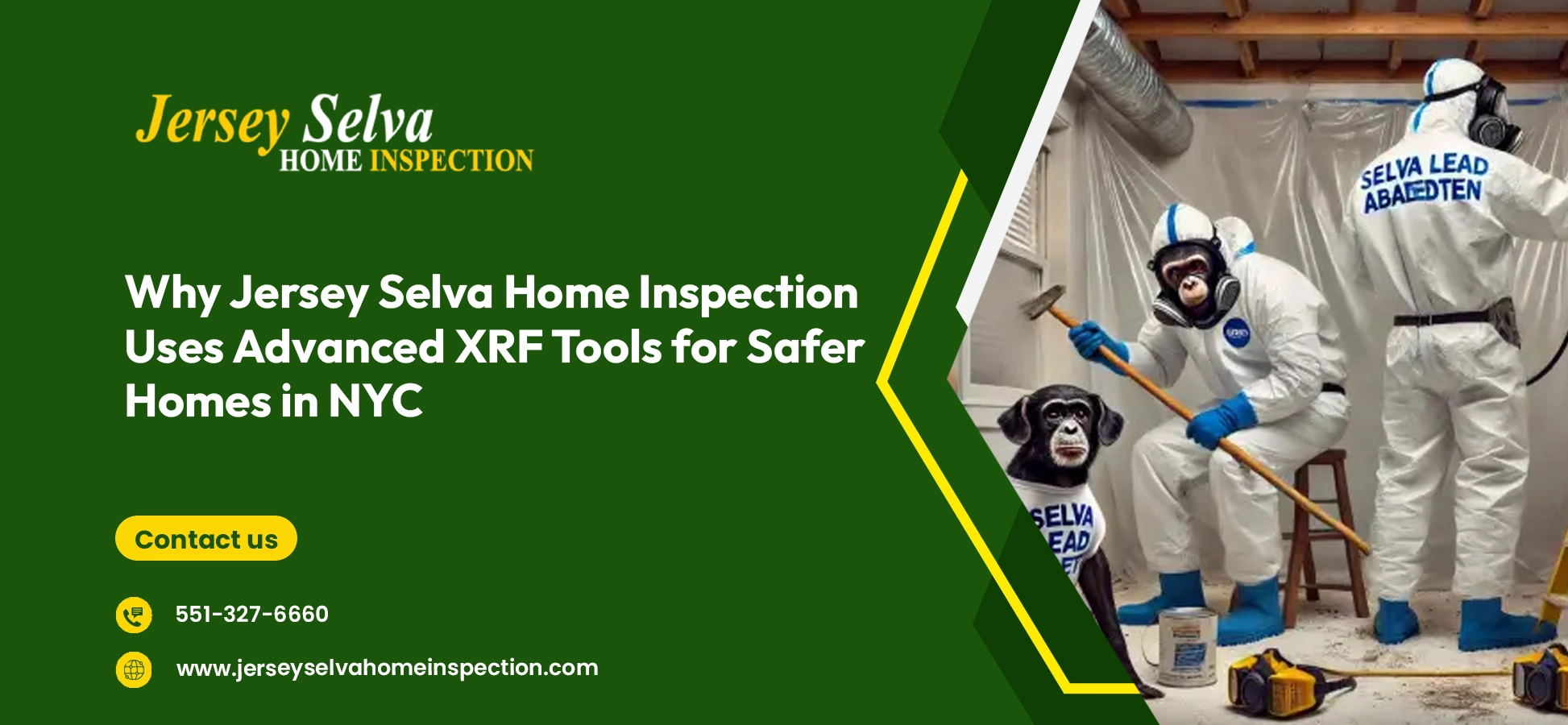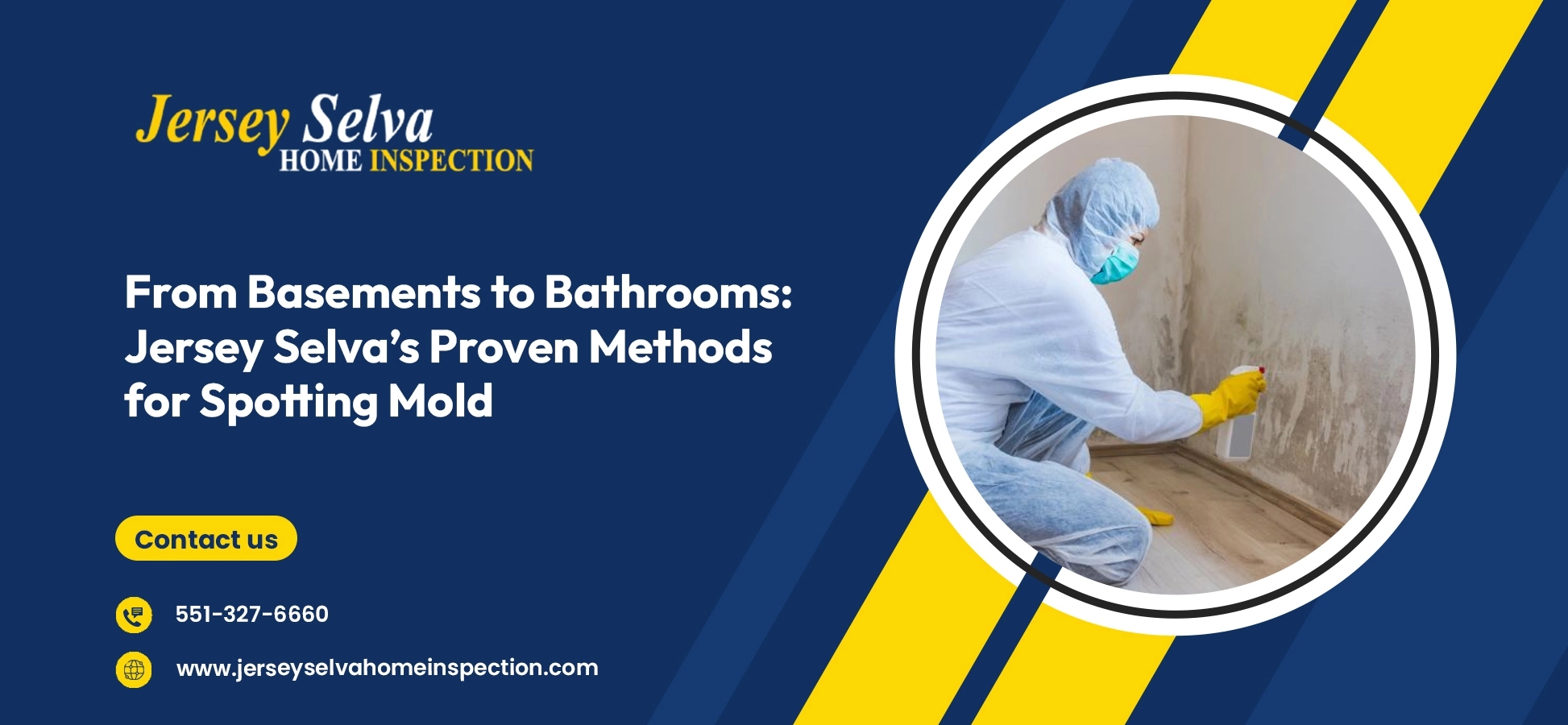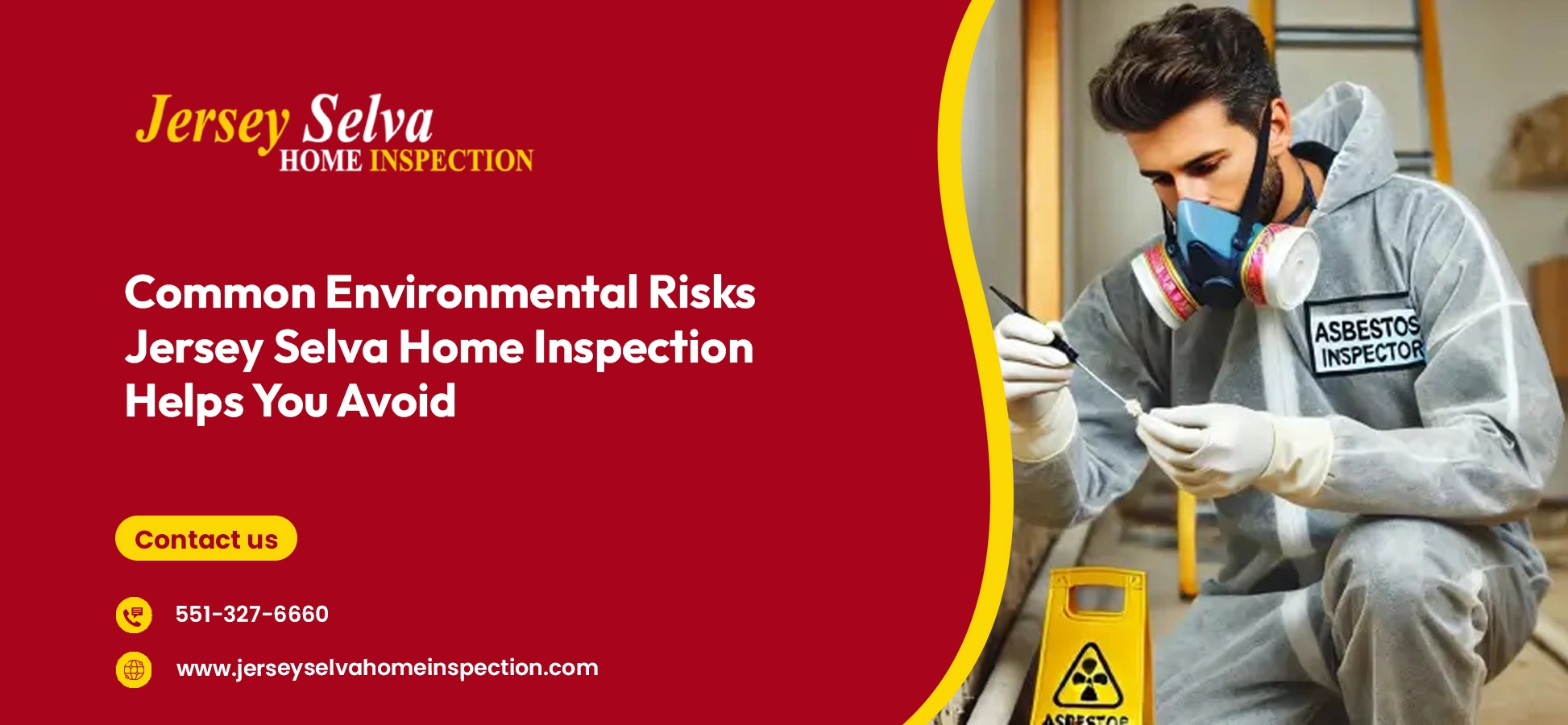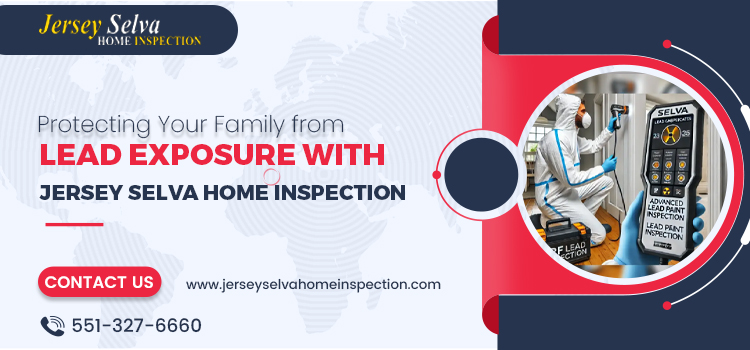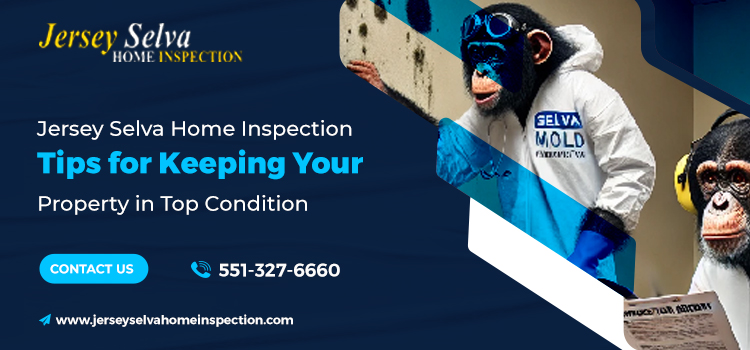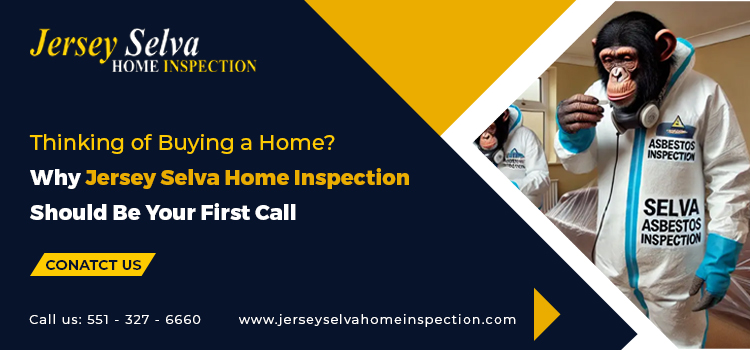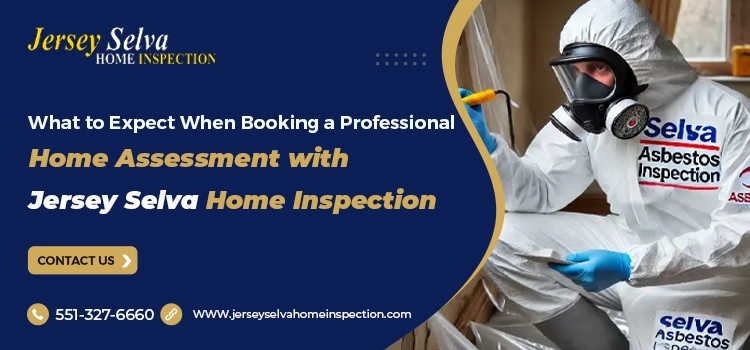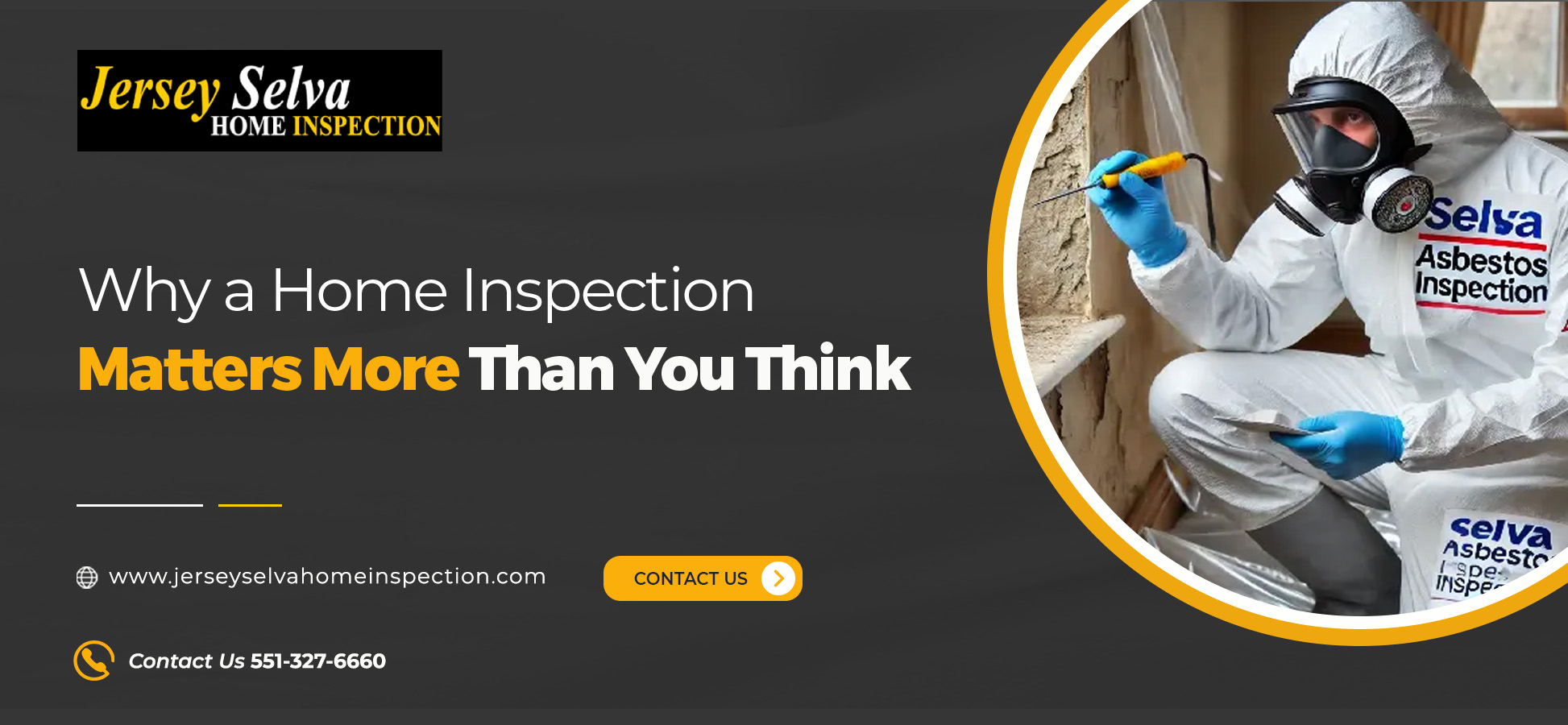
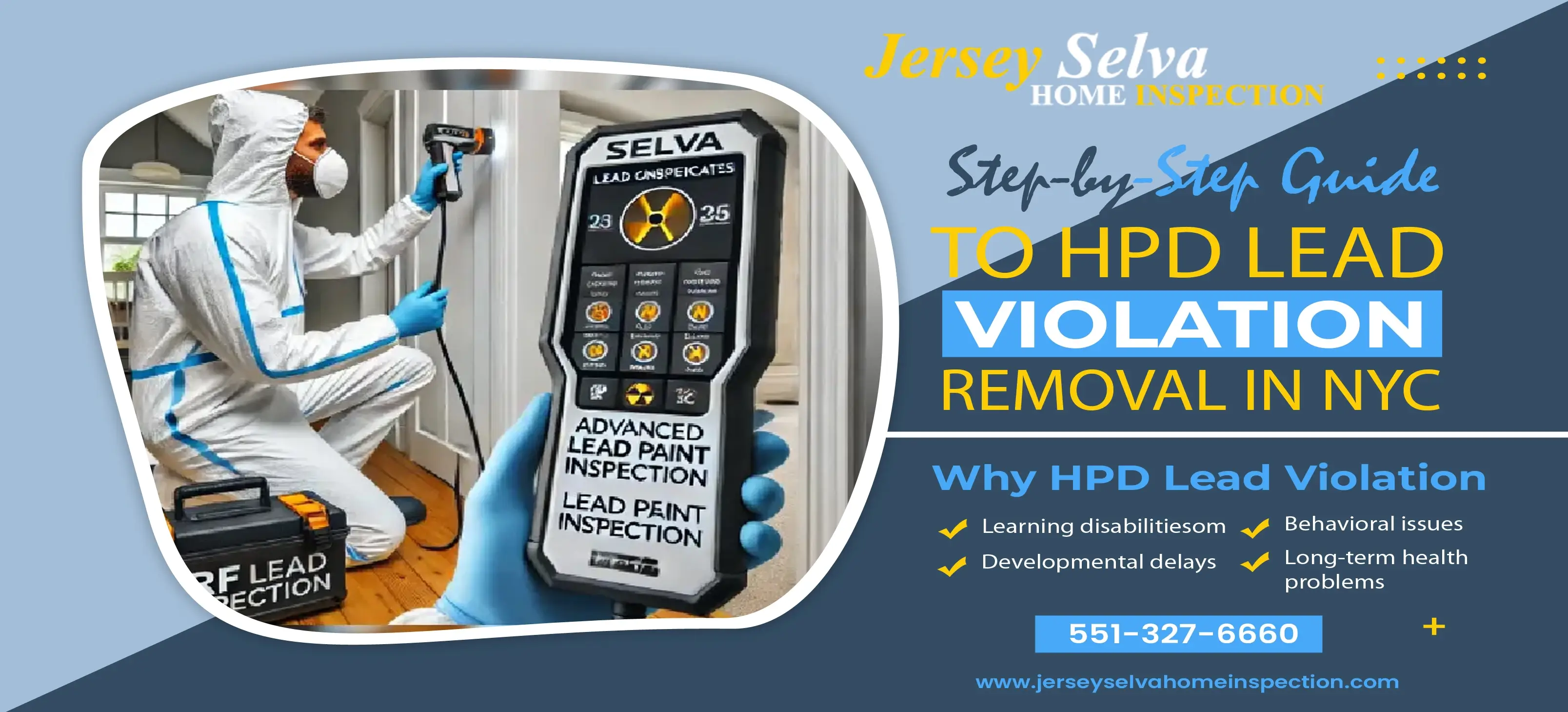
If you’re a landlord or homeowner in New York City, receiving a lead paint violation notice from the Department of Housing Preservation and Development (HPD) can be overwhelming. These violations are issued when lead-based paint hazards are found in your property, especially when children under six reside there. Fortunately, with the right steps, you can resolve this quickly and professionally.
In this blog, Jersey Selva Home Inspection offers a simple, human-friendly guide to HPD lead violation removal, helping you understand the process and act with confidence.
What Is an HPD Lead Violation?
HPD lead violations are issued when peeling or damaged lead-based paint is found in apartments or common areas of buildings built before 1960 (or before 1978 if known to contain lead). The city mandates that these violations must be addressed quickly—usually within 21 days—especially when children under the age of six are involved.
Failure to comply with hpd lead violation removal can lead to fines, legal action, and even eviction proceedings. That’s why it’s crucial to respond promptly and work with a certified inspector like Jersey Selva Home Inspection.
Step-by-Step Guide to HPD Lead Violation Removal
Let’s walk through the key steps required to address an HPD lead violation.
Step 1: Understand the Violation Notice
HPD will issue a Notice of Violation (NOV), which details the nature and location of the lead hazard. Review it carefully. The notice will include:
- Violation class (Class C is the most severe)
- Location of the hazard
- Deadline to correct the issue
- Required documentation after correction
Step 2: Hire a Certified Lead Inspector
This is where Jersey Selva Home Inspection steps in. Our certified professionals will:
- Perform an independent inspection using XRF testing
- Confirm the presence of lead paint
- Assess the extent of the damage
This step ensures you're not just guessing where the problem is. A clear report will help in precise hpd lead violation removal work.
Step 3: Work with an EPA-Certified Abatement Contractor
Only a certified lead abatement firm can legally remove or safely contain lead hazards. Your contractor will:
- Use approved removal or encapsulation methods
- Seal off work areas to prevent contamination
- Follow EPA safety protocols to protect tenants and workers
Step 4: Post-Abatement Clearance Inspection
After the work is complete, another inspection must be done to confirm that the lead hazard has been properly addressed. This includes:
- Dust wipe sampling for clearance testing
- Documentation of the entire process
- A clearance report signed by a certified inspector
Jersey Selva Home Inspection provides this clearance testing as part of our complete hpd lead violation removal service.
Step 5: Submit Certification to HPD
Once clearance is obtained, submit the necessary documentation to HPD, including:
- Certification of correction (with signatures)
- Clearance reports from an independent inspector
- Contractor licenses and lab results (if required)
HPD will review the submission and officially close the violation if all is in order.
Why HPD Lead Violation Removal Is Important
Ignoring lead violations is not just a legal risk—it’s a moral responsibility. Children are especially vulnerable to lead poisoning, which can cause:
- Learning disabilities
- Developmental delays
- Behavioral issues
- Long-term health problems
Choosing to handle hpd lead violation removal responsibly protects your tenants and improves your building's reputation.
How Jersey Selva Home Inspection Helps
At Jersey Selva Home Inspection, we:
- Perform detailed XRF lead inspections
- Coordinate with certified abatement contractors
- Provide clearance testing and documentation
- Ensure complete compliance with HPD requirements
We guide you every step of the way, ensuring your violation is resolved smoothly and without added stress.
FAQs About HPD Lead Violation Removal
1. How quickly must I fix an HPD lead violation?
Most HPD Class C lead violations must be corrected within 21 days. Time is of the essence. The sooner you start the hpd lead violation removal process, the better your chances of avoiding penalties.
2. Can I do the lead abatement work myself?
No. Only EPA-certified professionals can legally perform lead abatement work. Attempting to fix it yourself could lead to fines and further violations.
3. What happens if I ignore the HPD violation?
Ignoring a violation can result in serious consequences including fines, court action, or even emergency repair charges billed to you by the city. Prompt hpd lead violation removal is always the best course of action.
4. Is a clearance test always required after removal?
Yes. NYC law requires clearance testing by a certified lead inspector after abatement. Without it, HPD will not accept your correction and will keep the violation open.
Final Thought: Why Choose Jersey Selva Home Inspection for HPD Lead Violation Removal
Jersey Selva Home Inspection understands that HPD lead violations can feel stressful and urgent. That’s why we offer compassionate, clear, and complete services for hpd lead violation removal, from inspection to documentation.
With our help, you’ll meet city regulations, protect your property, and most importantly—create a safer environment for tenants and children. Trust us to handle the process with professionalism and care.
Ready to resolve your HPD lead violation?
Contact Jersey Selva Home Inspection today.
